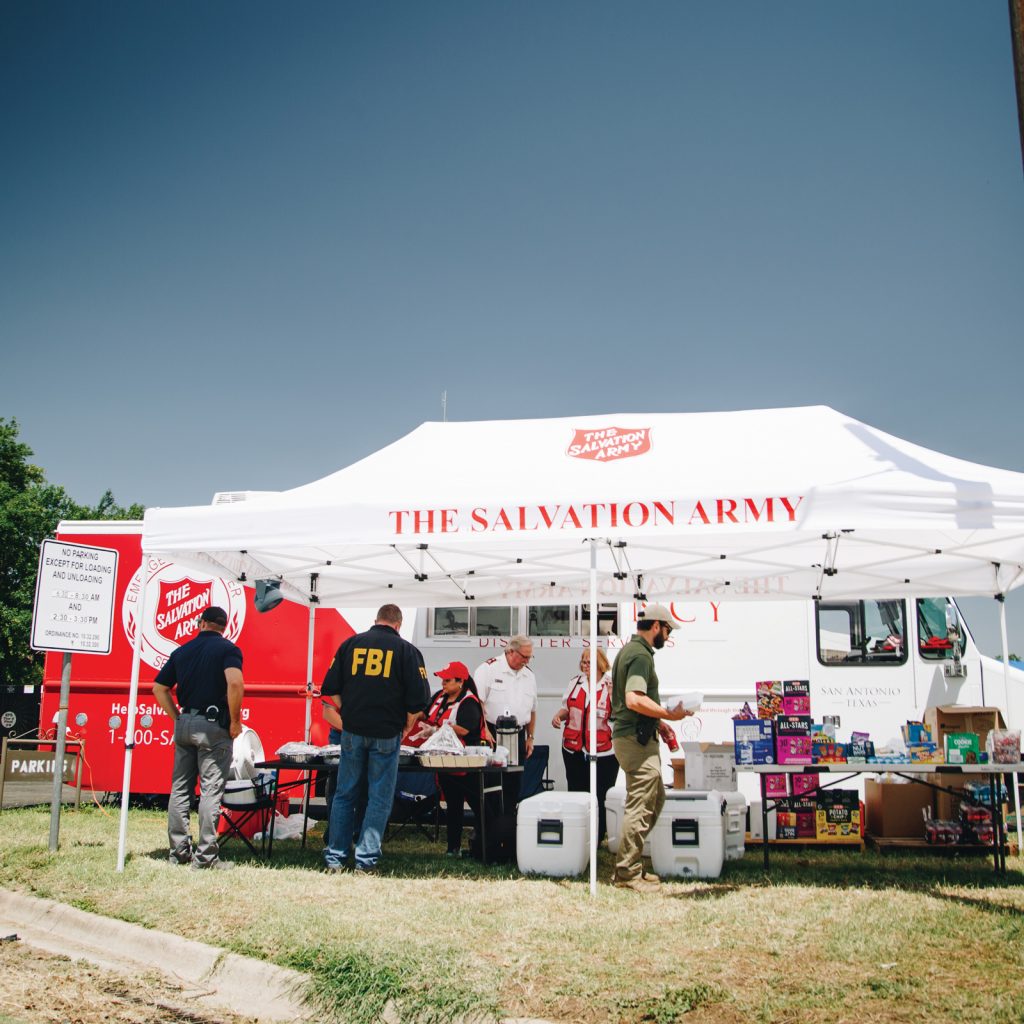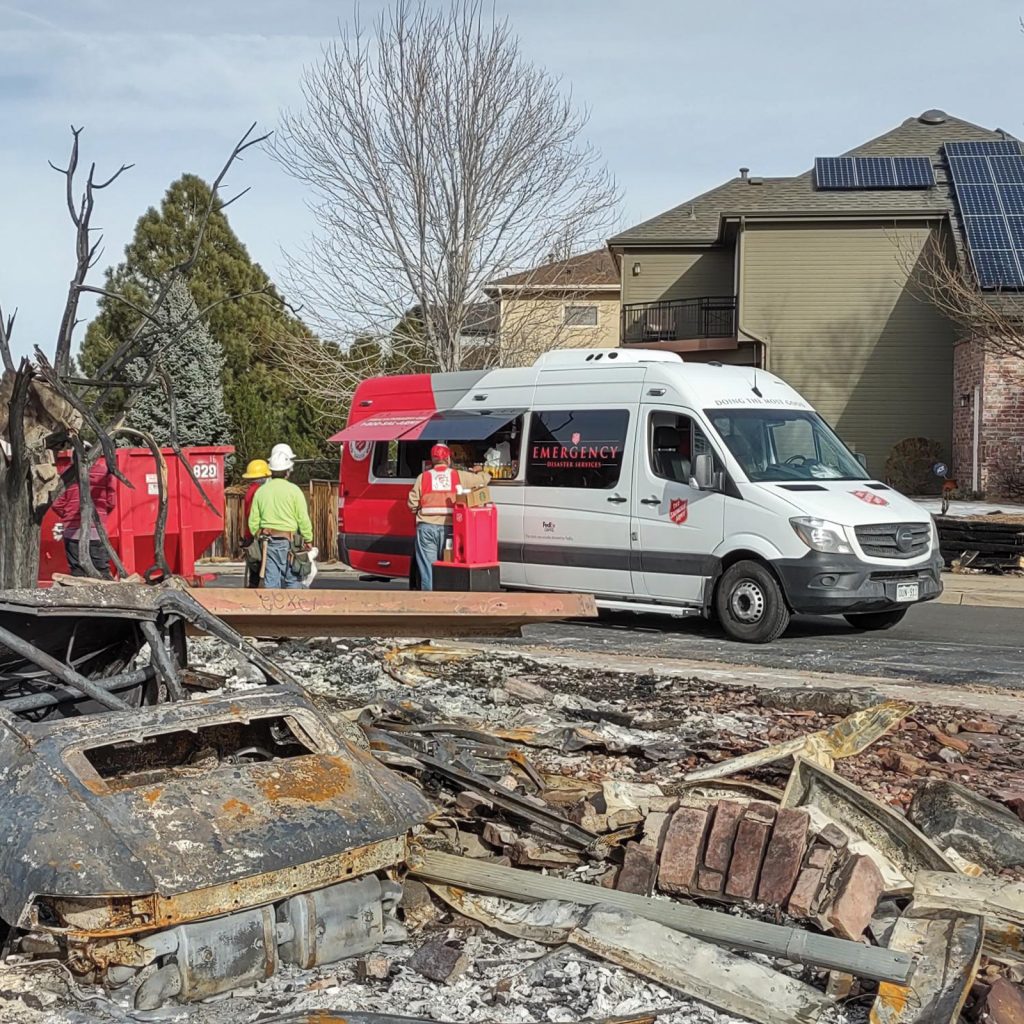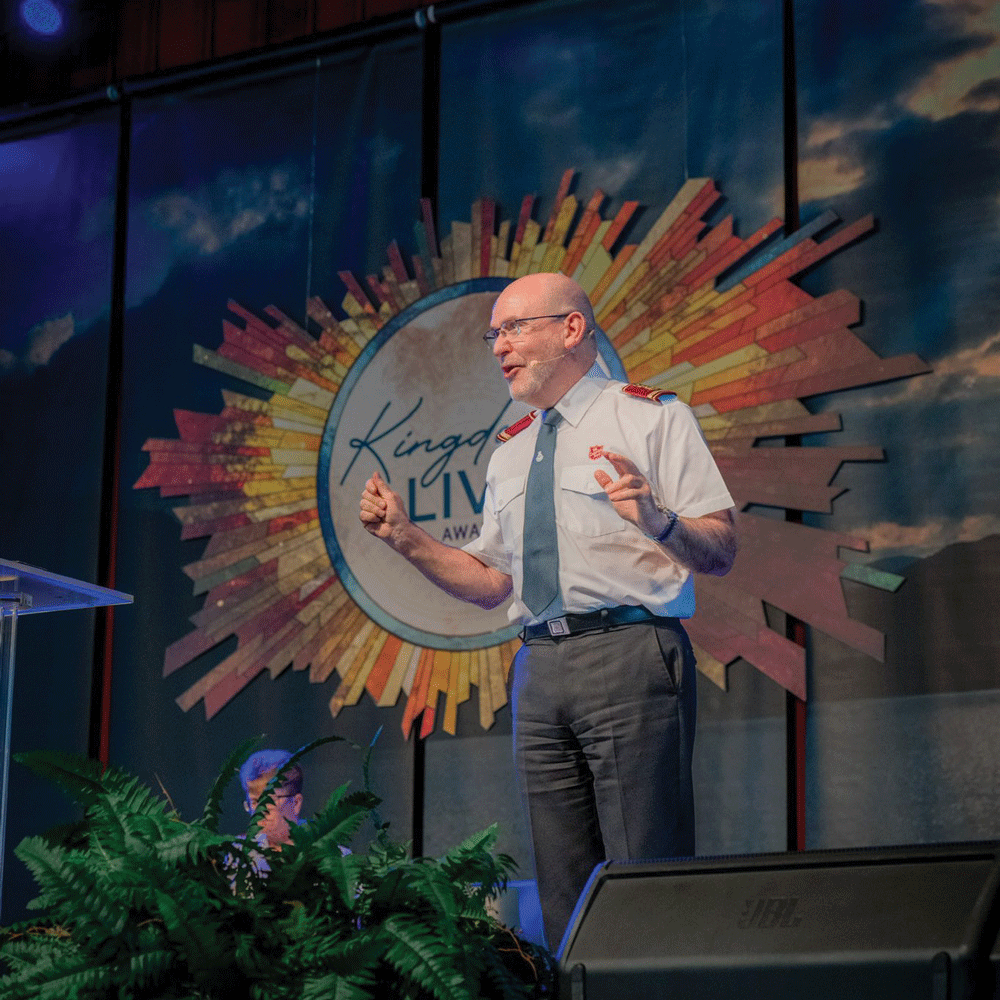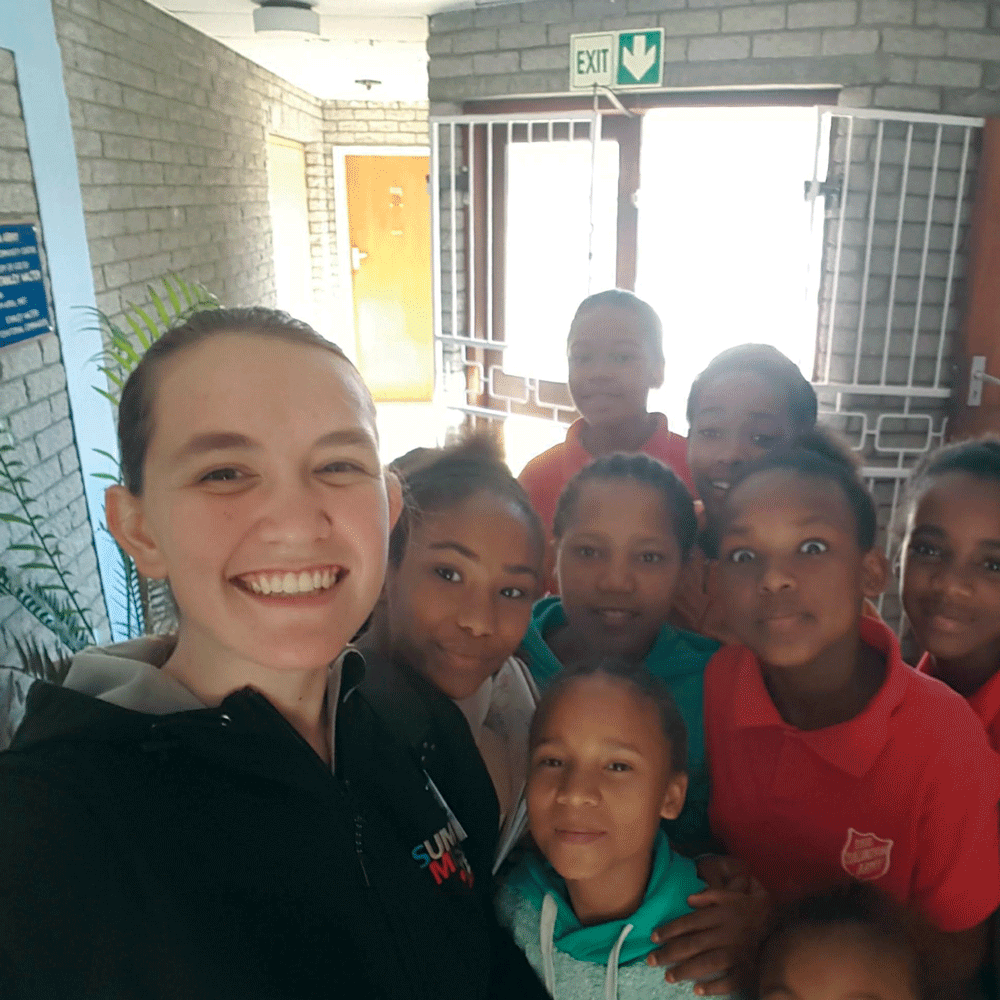How To Prepare For An Emergency
The National Emergency Disaster Services Team at National Headquarters gives steps on how to be better prepared for a disaster.
September is National Preparedness Month to raise awareness about the importance of preparing for disasters. Here are some steps you and your family can take to be better prepared for a disaster:
- Create an emergency plan. Identify what types of disasters could affect the area you live in and what are your household needs (i.e., ages, dietary needs, pets, etc.) when you begin to tailor your plan. To learn more about an emergency plan, visit ready.gov/plan.
- Develop a communication plan with your household that should include important phone numbers, local and out-of-town contacts and an emergency meeting place.
- Review and practice the emergency plan regularly.
In addition to an emergency plan, it is important to build a kit to survive for several days without resources (electricity and water). An airtight container or easy-to-carry duffel bag can be filled with basic items (water, extra clothes, a flashlight and other supplies) and stored in an easily accessible location. To learn more about putting together a kit, ready.gov/kit.
Next, the best way to prepare for a disaster is to learn about preparedness. The Federal Emergency Management Agency (FEMA) offers a Student Tools for Emergency Planning (STEP) online with fun activities that can be used in many different settings.
Finally, get involved! Many communities have a teen Community Emergency Response Team (CERT). CERT is a national program of volunteers trained in disaster preparedness and response. It is a great opportunity to connect with the community and assist appropriately in the event of a disaster. Contact your local Emergency Management Office for more information.

The Salvation Army began assisting in disasters during the 1900 Galveston, Texas hurricane, which destroyed the coastal city and killed over 5,000 people. Officers from across the country helped feed, shelter and provide emotional and spiritual care to survivors. Since then, the Emergency Disaster Services became a primary service of The Salvation Army, where seven core services can be provided and are tailored to fit the needs of the community: food service, emotional and spiritual care, donations management, disaster social services, recovery, training and emergency communications. Contact your local Salvation Army or visit disaster.salvationarmyusa.org online to learn more.



